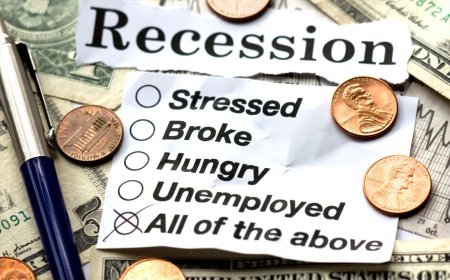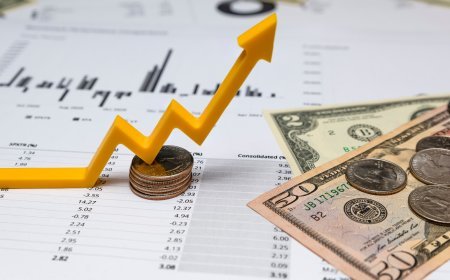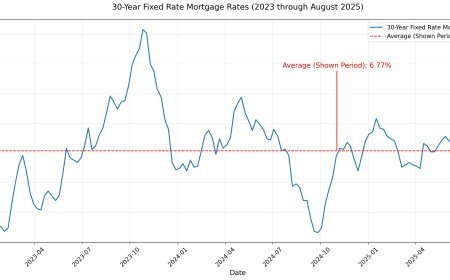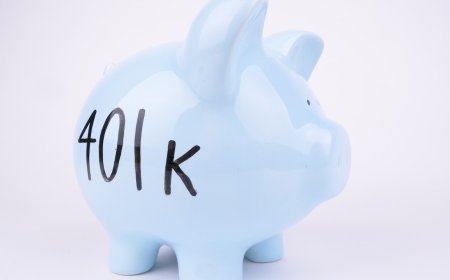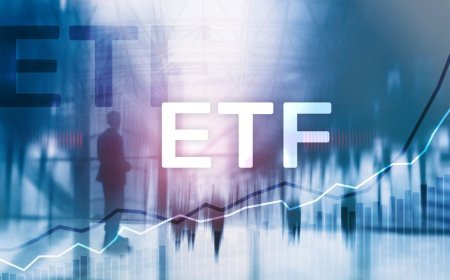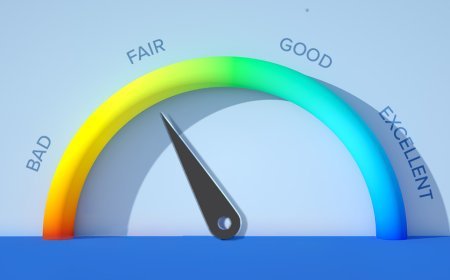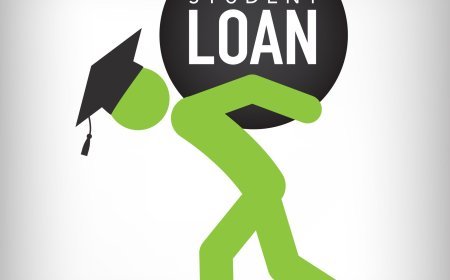Why Mortgage Rates Defied Expectations After the Fed's Latest Rate Cut
The Federal Reserve's decision to cut the federal funds rate by 25 basis points on September 17, 2025—lowering it to a range of 4.00% to 4.25%—sparked hope among homebuyers and refinancers for cheaper mortgages. Yet, in a twist echoing last year's post-cut surge, average 30-year fixed mortgage rates climbed to around 6.50% by late September, up from a pre-cut low of 6.13%. This disconnect leaves many wondering: Why aren't mortgage rates following the Fed's lead?

The Fed's Short-Term Focus vs. Mortgages' Long-Term Reality
The federal funds rate influences short-term borrowing, like credit cards and adjustable-rate loans, but mortgage rates are tethered to longer-term benchmarks. Here's why the cut didn't deliver the anticipated relief:
Mortgage Rates Track the 10-Year Treasury Yield, Not the Fed Directly
Fixed-rate mortgages, especially 30-year loans, are priced based on the yield of 10-year U.S. Treasury notes—a safe-haven investment for global players. When the Fed cuts rates, it signals easing monetary policy, but if investors expect persistent inflation or robust growth, Treasury yields can rise as they demand higher returns to offset risks.
- Post-Cut Spike: After the September 2025 cut, the 10-year Treasury yield jumped from below 4% to as high as 4.145%, pushing mortgage rates higher. This mirrors September 2024, when yields climbed amid strong economic data, offsetting the Fed's initial 50 basis point slash.
- Investor Sentiment: Bond markets are forward-looking. The cut, without stronger assurances on curbing inflation (which ticked up in August), led investors to bet on fewer future cuts, elevating yields.
Tip: Monitor Treasury yields daily via sites like Treasury.gov or apps like Bloomberg. A sustained drop below 4% could signal mortgage relief.
Inflation and Economic Strength Override the Cut
Despite cooling from 2022 peaks, inflation remains above the Fed's 2% target at around 2.5-3% in late 2025. A resilient job market—with unemployment steady at 4.1% and revised job growth showing underlying strength—convinces investors the economy isn't headed for recession, keeping long-term rates elevated.
- Labor Market Resilience: August payrolls grew by 22,000 jobs, but revisions revealed nearly 1 million fewer jobs created in the prior 12 months than initially reported. Still, the market views this as a soft landing, not a crash.
- Policy Pressures: With tariffs from the Trump administration pushing import prices higher (up 29.5% in August), inflation risks linger, prompting bond sellers to drive up yields.
Action: Track CPI reports monthly; if inflation dips below 2.5%, expect yields to ease, potentially lowering mortgage rates by 0.25-0.50%.
Supply-Demand Imbalance in Housing Keeps Rates Sticky
Even if benchmark rates fall, the mortgage market faces headwinds from limited supply and high demand.
Housing Shortage and Builder Hesitancy
The U.S. housing inventory remains critically low, with only 3.5 months of supply in September 2025—far below the balanced 5-6 months. Builders are reluctant to ramp up amid high construction costs and regulatory hurdles, sustaining upward pressure on home prices and, by extension, mortgage rates.
- Lock-In Effect: Homeowners with sub-4% rates from 2020-2021 are hesitant to sell and face higher payments, freezing inventory.
- Demand Surge: First-time buyers, fueled by millennial wealth transfers and low inventory, compete fiercely, allowing lenders to maintain premium pricing.
Tip: If buying, focus on rate buydowns or adjustable-rate mortgages (ARMs) for short-term savings, but consult a financial advisor on risks.
Lender Margins and Risk Pricing
Banks add a spread (typically 1.5-2%) to Treasury yields for profit and to cover default risks. In uncertain times, this "mortgage spread" widens, as seen post-cut when it expanded to 2.4% from 1.8%.
- Credit Tightening: With delinquency rates ticking up slightly (to 3.2%), lenders are pickier, raising rates for riskier borrowers.
Pro Move: Shop multiple lenders—rates can vary by 0.25-0.50%—and improve your credit score above 740 for the best offers.
What This Means for Buyers, Sellers, and Refinancers
- Buyers: Affordability remains strained; a $400,000 home at 6.50% costs $2,530 monthly (principal + interest), vs. $1,900 at 4%. Wait for yields to stabilize or explore FHA loans for lower down payments.
- Sellers: Hold if your rate is below 5%; otherwise, price competitively to attract cash buyers less sensitive to rates.
- Refinancers: Only refi if dropping 0.75%+; current math doesn't pencil out for most.
Forecast: Economists predict 1-2 more cuts in 2025, but mortgage rates may hover at 6-6.5% through Q4 unless inflation cools faster. Watch the October FOMC meeting for clues.
Your Mortgage Strategy: Actionable Steps
- Lock in Rates Wisely: Float if you expect a dip, but lock for 60 days if closing soon to hedge volatility.
- Build Reserves: Aim for 6 months of payments in savings to qualify easier and weather rate swings.
- Explore Alternatives: Consider rent-to-own or builder incentives for rate relief.
- Stay Informed: Use tools like Bankrate's rate tracker and follow Fed announcements on federalreserve.gov.
While frustrating, this rate stubbornness reflects a healthy—but tight—economy. Patience and preparation can turn uncertainty into opportunity.
What's Your Reaction?
 Like
0
Like
0
 Dislike
0
Dislike
0
 Love
0
Love
0
 Funny
0
Funny
0
 Angry
0
Angry
0
 Sad
0
Sad
0
 Wow
0
Wow
0


